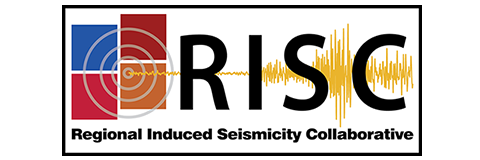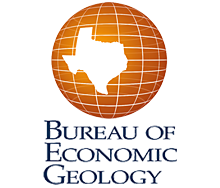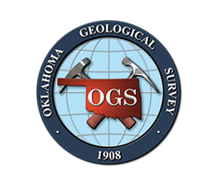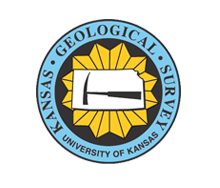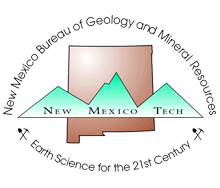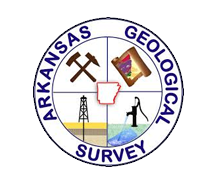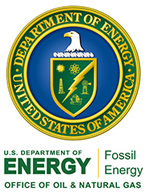Regional Induced Seismicity Collaborative (RISC)
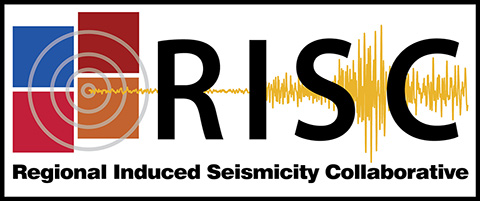
What is RISC?
RISC was created to address a common problem in regional-scale geosciences: how can different research groups at different institutions better collaborate to avoid data gaps and overlaps, and to improve communication of ideas and technical approaches?
The Regional Induced Seismicity Collaborative (RISC) will improve sharing data and ideas across the geological surveys of states located in the southern midcontinent of the United States (e.g., Texas, Oklahoma, New Mexico, Kansas, and Arkansas). RISC will facilitate and add value to the research that is already being done by the states. The regional approach will provide a level of scale and scientific focus that facilitates answers to questions that otherwise might not be addressed when the problem is approached at either the local or national scales.
RISC is focused at the regional scale.
What are Tasks Being Pursued under RISC?
Develop scientific theme-based framework for collaboration
- RISC members will identify relevant scientific themes, ensuring some interconnection that can become the basis of a framework by technical teams or working groups.
Facilitate inter-state scientific projects
- RISC members will pursue specific projects that address issues common to the states. These can include developing methods to better identify overlaps and gaps in scientific data, improving analyses of specific types of data (e.g., measurements from seismometers), and developing techniques to better communicate findings to stakeholders.
Organize workshops and meetings
- RISC members will organize workshops and meetings, organized around the broader RISC themes. Attendees are expected to include researchers, regulators, policy makers, industry and federal laboratories.
